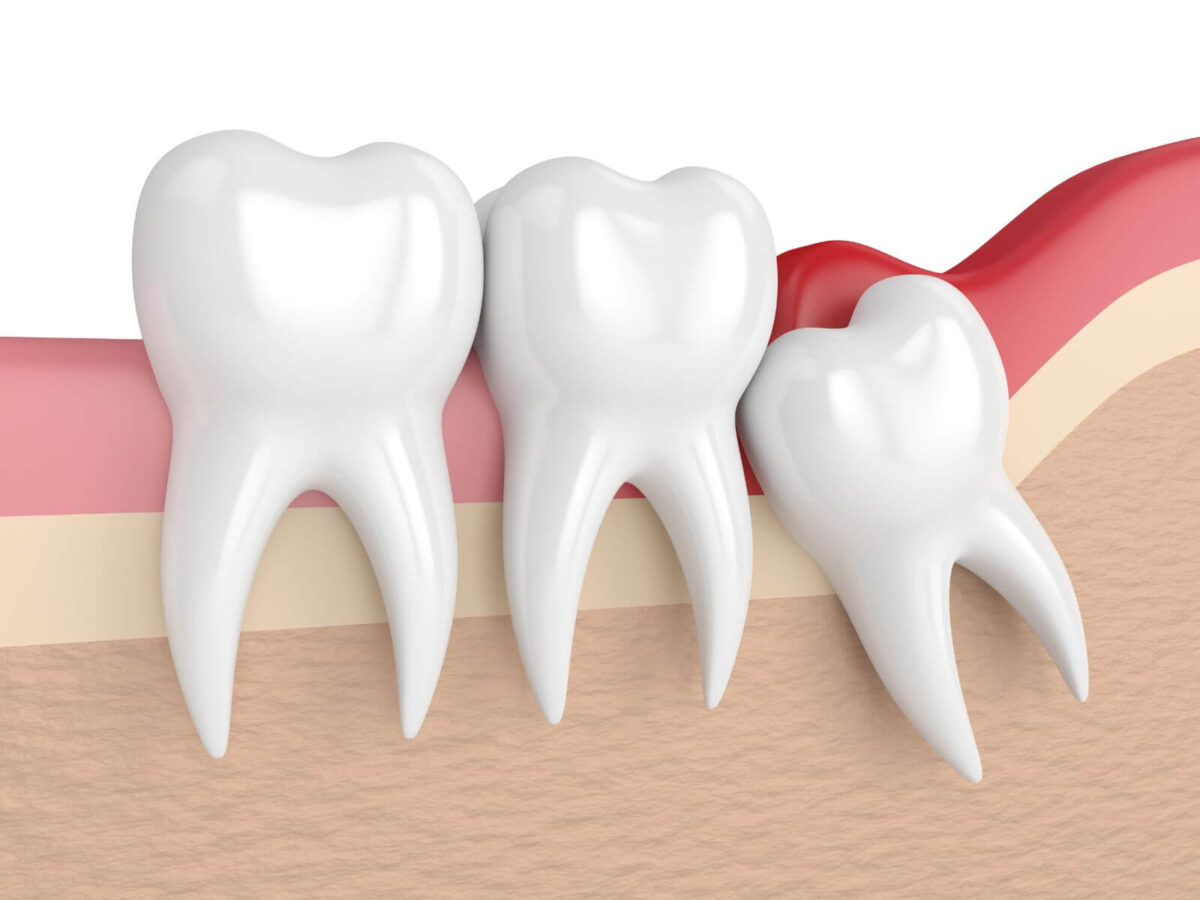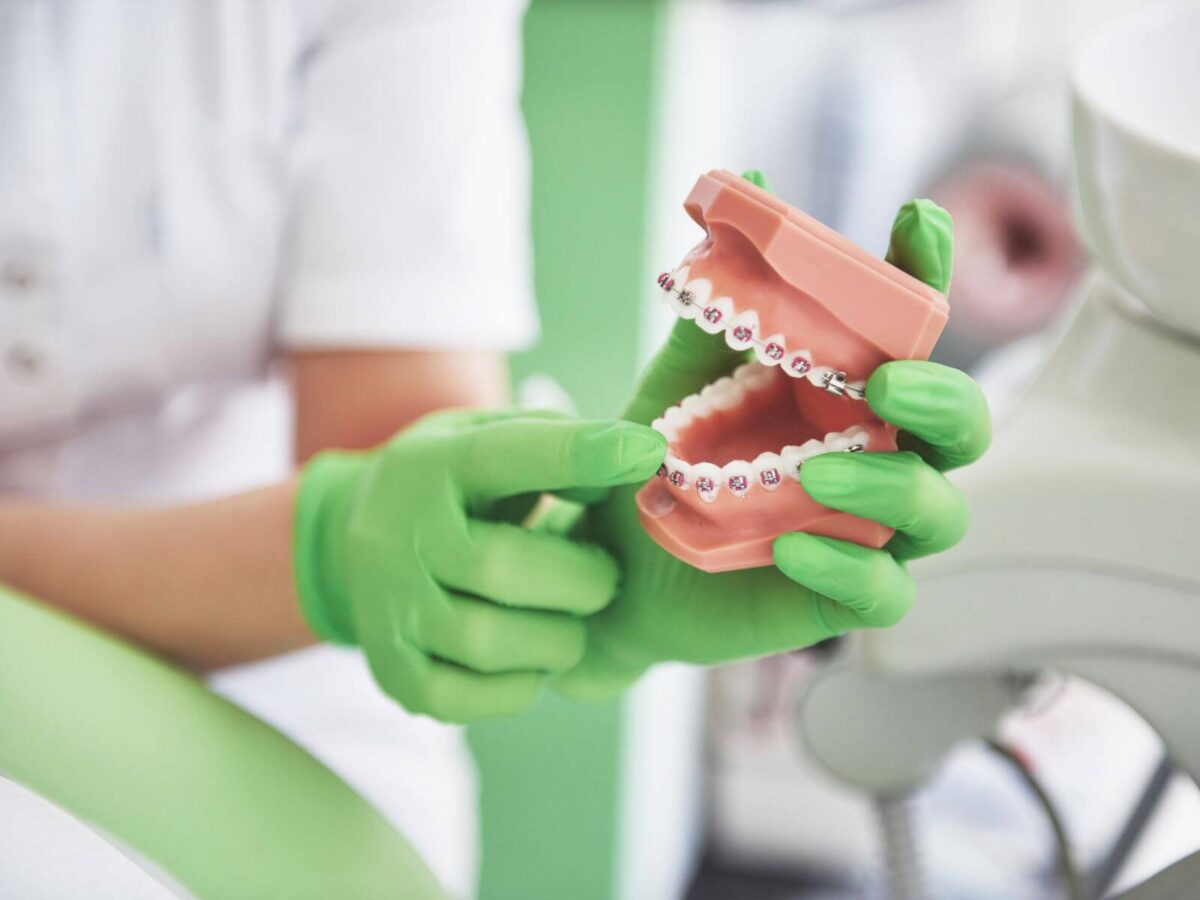The third or the third permanent molar teeth, which are also referred to as wisdom teeth, develop between seventeen and twenty-five years of age. As for the intestine, while some people have no problem with their wisdom teeth, many others develop issues that necessitate the need for their removal. Recently erupted wisdom teeth may become impacted, leading to significant symptoms such as pain, swelling, or occasionally even an infection. In this article, you will learn about the key symptoms, which signal that you need wisdom teeth removal. If you exhibit any of these symptoms, then you need to not delay seeing a Dentist in Rockdale TX, for an examination and treatment.
1. Pain At The Back Of The Mouth
If your jaw at the back of your mouth hurts, it is one of the clearest indications that you need help with your wisdom teeth. During the third molar eruption, these teeth become uncomfortable, particularly in case the mouth does not possess adequate space for the healthy development of the teeth. The pain might be periodic but in a situation where it becomes a chronic feature, then you may be a candidate for a wisdom teeth extraction.
However, you should be more concerned if the pain increases or moves to other parts of your mouth and should visit any of the Rockdale Family Dentists for an appointment. It can also be treated to avoid such things as infection or breakdown in the neighboring teeth.
2. Bleeding Or Redness Of The Gums
This means that, as with any other sickness, inflammation is another pointer to the fact that your wisdom teeth may need to be removed. While wisdom teeth are attempting to grow, the gums can become sensitive to them and therefore swell. Sometimes you might develop a condition on the back of your mouth and you commonly develop redness, swelling, or maybe even tenderness when touched.
Gum disease can therefore affect the capacity of chewing food or brushing well over the teeth leading to more dental complications. In case you have noticed that your gums are swollen and inflamed should not wait to seek the help of a Dentist in Rockdale TX.
3. Jaw Pain Or Stiffness
Some of the problems that indicate the presence of impacted wisdom teeth may include; when you are unable to open your mouth wide or when you feel uncomfortable whenever you chew food. Pressure from the teeth on each other also contributes to mispositioning thereby causing problems with your bite, which if persisted for a long time, affects the jaws.
Specifically, pain in the jaw without the ability to open the mouth wide or articulate words, sensitivity to hot and cold, or any gum pain means you should visit your Rockdale Family Dentist for assessment for dental removal.
4. Frequent Headaches
You will be surprised if you learn that affected wisdom teeth are capable of causing you a headache. If the wisdom teeth do not have enough space to grow properly, they might negatively influence the position of the jaw, and cause tension headaches. This pressure from the impacted teeth may cause pain in your head, neck, and even your ears.
If you have been having a feeling of consistent headaches and cannot comprehend why, then you should consult the Dentist in Rockdale TX to see if you are having problems with your wisdom teeth.
5. Cysts or Infection
Occasionally, wisdom teeth cause more complex dental problems such as developing a cyst or an abscess. Received wisdom teeth cause the development of pockets that are found in the gums and can easily become infected because of the accumulation of food and bacteria. If neglected these infections can extend to other parts of your mouth, and even your general body health.
Cysts relate to a cavity containing fluid and can develop around an impacted tooth. They cause erosive changes in their base and can compromise an adjacent tooth as well as its periodontium and nerves. If your Rockdale Family Dentist identifies a cyst, he or she may suggest that you have your wisdom teeth removed to avoid exacerbation of the situation.
Why People Should Undergo Removal Of The Third Molars
Some of the chronic complications that are associated with unattended wisdom teeth are; severe pains, infections as well and overall harm to the adjacent teeth. Any of these complications can be avoided through early extraction and the overall health of your mouth will also be preserved.
Your Dentist in Rockdale TX will use a conclusive x-ray to help him or her understand the position of the wisdom teeth, and consequently, establish the type of extraction that would be appropriate. It is quite simple, and the common symptoms clear up within a week or two of undergoing the procedure.
Conclusion
Third molar removal is a relatively straightforward surgery that can help eliminate many different problems in the mouth, such as discomfort, inflammation, and harm to neighboring teeth. Any sign that you observe in your mouth, such as pain, swelling, or jaw problems, should alert you to see your Dentist in Rockdale TX, for diagnosis. It is best to start protecting your teeth or the third molars as it will help prevent any problems that may lead to pain for a long time.




